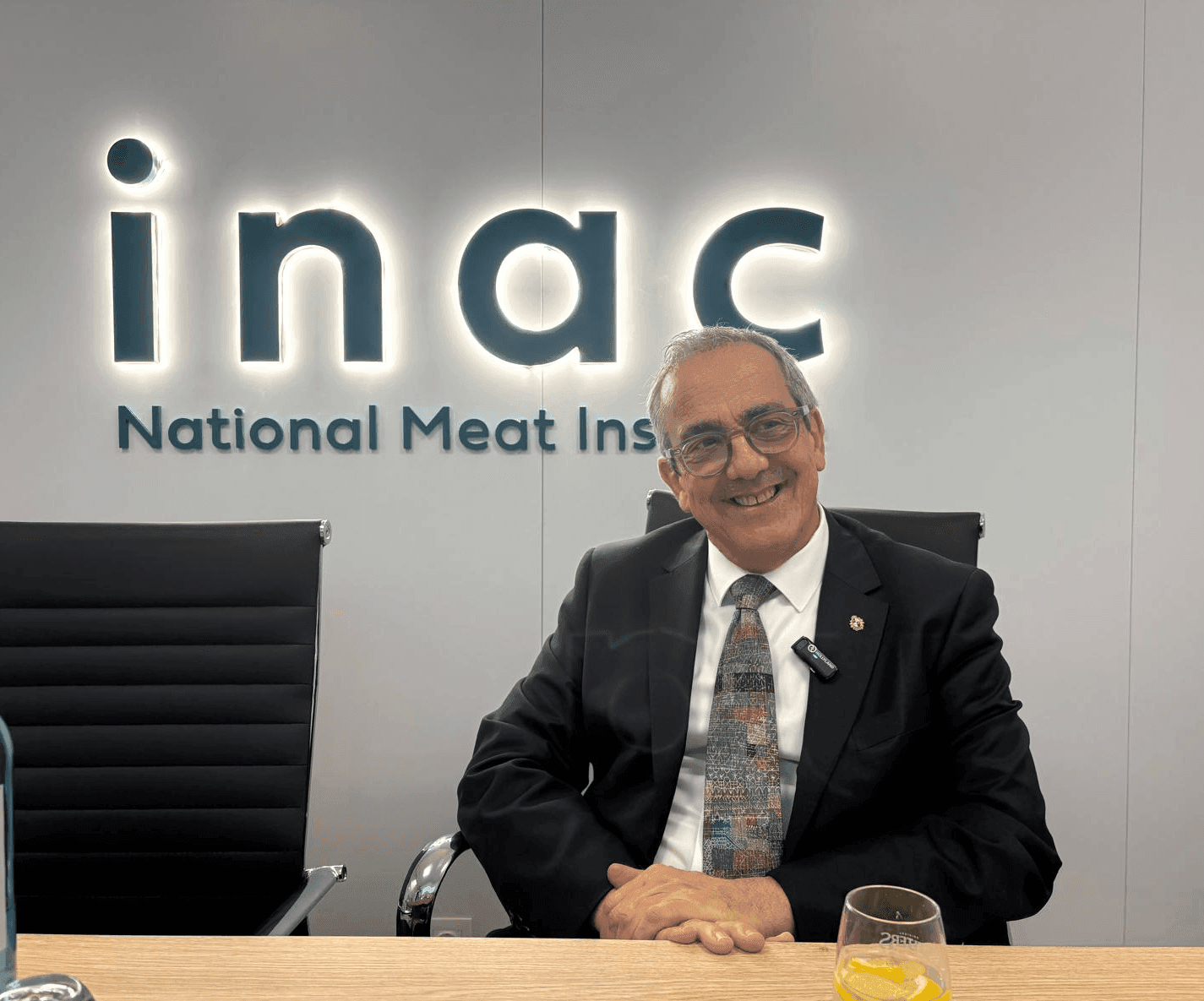India and Allana on Uruguay’s radar
The Anuga fair once again proved why it is the world’s leading barometer for the meat industry. Amid halls filled with buyers, importers, and global trade representatives, Uruguay maintained a prominent presence through the stand of the National Meat Institute (INAC), where optimism about global demand mixed with recognition of the industry’s current challenges..
INAC president Gastón Scayola assessed that the world “is absolutely demanding meat,” with the United States and Europe facing tighter supplies and Asia consolidating itself as an increasingly strong consumer market. However, he admitted that Uruguay’s main challenge today is not achieving higher prices —the average already exceeds US$ 5,000 per ton carcass weight— but rather securing enough volume to meet that demand.
“Uruguay has the privilege of choosing the best destinations, but sometimes the industry is already heavily sold and doesn’t have much left to offer,” Scayola noted, highlighting INAC’s intense promotion efforts around the world. Despite the dynamism of exports, he reminded that idle capacity remains a key factor in assessing the financial performance of meat plants. “If there’s a lot of idle capacity, balance sheets are not good, even when selling prices are high,” he explained. He estimated current plant utilization at around 80%, leaving roughly 20% of capacity unused.
One of the topics drawing most attention at Anuga was the potential arrival of India’s Allana Group. The company, one of the largest meat traders in the world, had previously expressed its intention to enter Uruguay through the failed Minerva–Marfrig deal, which included Allana’s acquisition of Establecimientos Colonia. Although the transaction was rejected by Uruguay’s Coprodec, contacts between Allana and INAC have continued.
Scayola recalled that “before the trip to China in April, we held a meeting with Allana executives at the Ministry of Livestock, together with Minister Fratti, and later met again at the Riyadh fair in Saudi Arabia.” There, representatives of the Indian group reiterated their interest in exploring investment opportunities in Uruguay and developing new channels for commercial cooperation.
“They left with a very positive impression of the country and have enormous meat trading capacity, both in India and globally. They contacted us to explore markets that Uruguay doesn’t yet have access to —and where we could start working together,” said the INAC president.
India, the world’s most populous nation, represents a strategic opportunity for Uruguay. Although beef consumption is restricted among Hindus, the Muslim population exceeds 500 million people, a consumer base that is increasingly attractive to Uruguayan exporters.
Scayola confirmed that concrete plans are underway to visit India soon, following talks with Allana representatives and diplomatic authorities. “We must go. Five hundred million Muslims is a huge market —we need to visit India sooner rather than later,” he emphasized.
He also mentioned that the Indian government has expressed its intention to open an embassy in Montevideo, which would strengthen bilateral trade ties and facilitate the potential entry of Uruguayan beef into that market.
With sustained global demand, a potential Mercosur–European Union agreement on the horizon, and the door open to a major partner like Allana, Uruguay stands in an expectant position. Domestic supply limitations remain a constraint, but international interest confirms that the country continues to be a reliable and attractive player in the global beef market.
